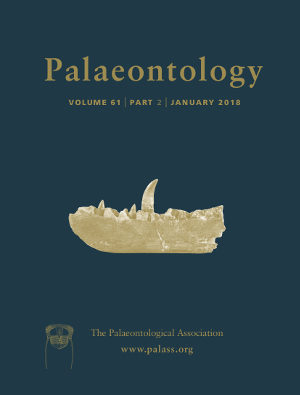Reg. Charity No. 1168330

Sauropod dinosaurs were quadrupedal herbivores with a highly specialized body plan that attained the largest masses of any terrestrial vertebrates. Recent discoveries have shown that key traits associated with sauropod gigantism appeared stepwise during the Late Triassic and Early Jurassic in evolutionary ‘cascades’ of associated changes, in which a ‘head and neck’ cascade has been suggested as an important module. Here, we investigate the evolutionary transformation of the sauropodomorph braincase, using discrete anatomical characters, prompted by the reanalysis of a Middle Jurassic (Bathonian) sauropodiform braincase from England. Our analysis shows that sauropod braincases are highly distinct, and occupy a different region of morphospace than their evolutionary relatives. This resulted from anatomical transformations including a set of changes in the surface attachments of craniocervical musculature, which may indicate integrated evolution between neck elongation and transformation in braincase anatomy. Neck elongation in Late Triassic and Early or Middle Jurassic taxa is potentially associated with episodes of skull reduction, indicating that the ‘head and neck’ cascade was activated more than once in the evolutionary history of Sauropodomorpha. The re‐activation of this cascade in the Jurassic may have impacted on the differential survival of sauropodomorph lineages through the Early and Middle Jurassic.